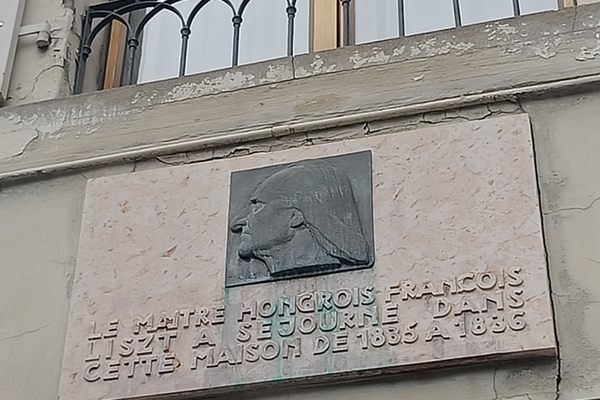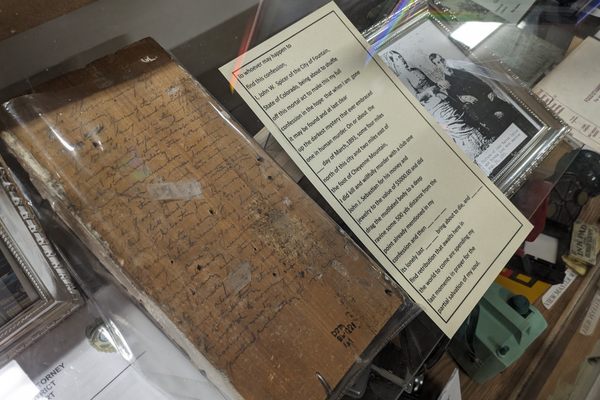About
Look up. Higher. There. Hanging over the doorway of an unassuming grocery store in London is a small plaque marking the spot where the Meeksville Sound recording studio once stood. That building held a lot of sounds— twisted, manipulated, bent, and spun into something no one had ever heard before, all courtesy of experimental producer Joe Meek.
Look a little closer at that sign. Not only was this the site where some innovative 1960s rock and pop was recorded, but as the sign reads, Joe Meek also lived here, and he died here, too.
Meek, a former radar technician in the Royal Air Force, was working as an audio engineer for a local radio production company, and later as a producer for mid '50s-era jazz and big band records. It was with those records that people started to realize Meek was really on to something. He modified instrument sounds, compressed the sounds, and made the records he worked on something completely new.
Growing tired of the confines of a corporate gig, Meek set out on his own in 1960, marking his spot in history as one of England’s first independent producers. He outfitted his home studio—located in an apartment above a leather goods store— with homemade and army surplus equipment, and set to work. His reputation as a visionary and innovative producer brought artists like Shirley Bassey, Tom Jones, and Petula Clark to his studio. His most well-known effort was the 1962 space-aged rock instrumental, “Telstar” by the Tornadoes, a number one hit in both the U.S. and the U.K. Meek was carving out a space for himself in the music world, and well on his way to what seemed like long-term success.
But while Meek’s professional life flourished, his personal life didn’t fare as well. Meek was openly gay at a time when living life outside of the closet was illegal. He found himself embroiled in legal troubles and was convicted and fined for “importuning for immoral purposes” in a public bathroom, and subjected to blackmail by former romantic partners. He also grew paranoid, refusing to leave anyone alone at his home, convinced he was being bugged or that rival producers were out to steal his ideas. Compounding these issues, in 1963, Meek was sued by a French composer who claimed that “Telstar” was his creation.
During this time, Meek was working less, and the pending lawsuit meant that the royalty payments from his biggest hit stopped. Meek was withdrawn, depressed, and angry. A long-contentious relationship with his landlady, Violet Shenton, who lived downstairs came to a violent and tragic end on February 2, 1967 when, after an argument, Meek shot Shenton and then turned to gun on himself. And now, the small black marker hanging overhead marks the spot where innovation and tragedy met.
Related Tags
Published
September 7, 2017






















